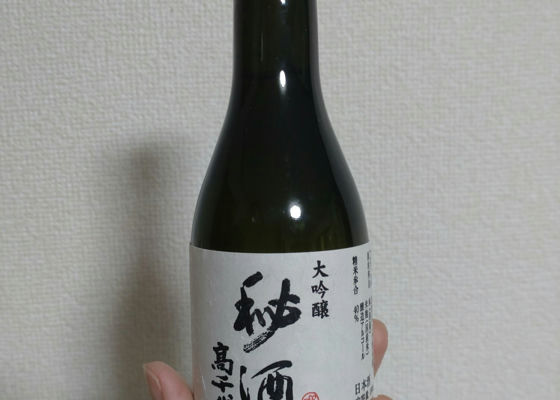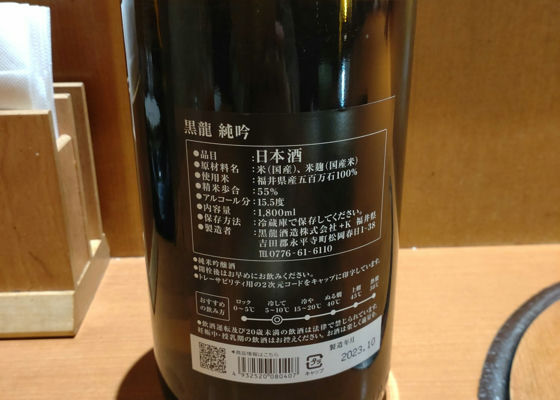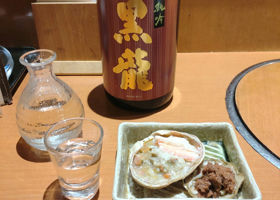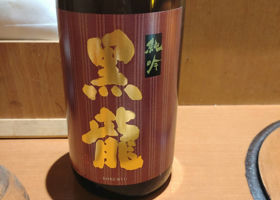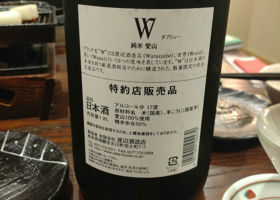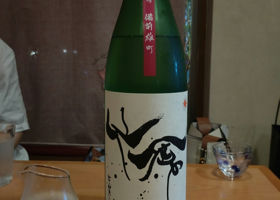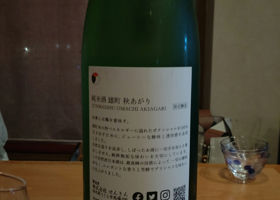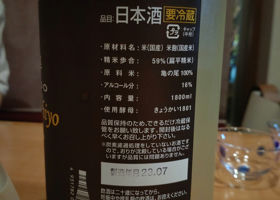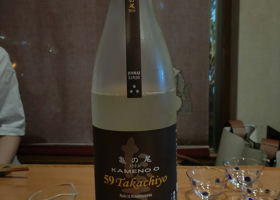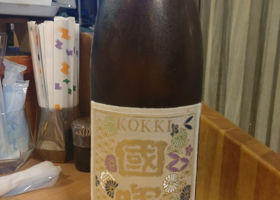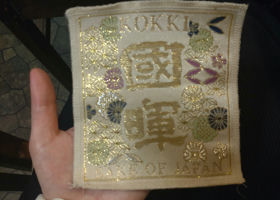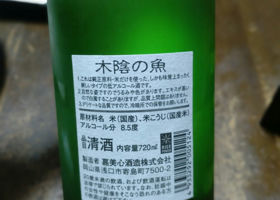
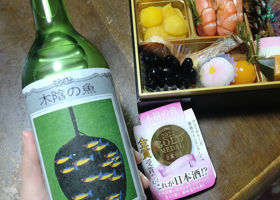
iripomko
[Fish in the shade]
Feminaries World Wine Competition
2022 Gold Medal Winner
Refreshing acidity, like wine, but with a very refreshing aftertaste!
The low alcohol content makes it like a juice.
Even people who don't like sake can drink it.
▼ Reference information
A fruity and juicy low-alcohol sake brewed with white peach yeast from Okayama's famous white peaches.
It has a sweet, sour and refreshing aroma, like biting into apricots or plums, with a refreshing aftertaste.
Sake made from sake
[Analysis]
Alcohol content 8.0-8.9
Sake Degree -55.0 approx.
Acidity 4.65
Amino acidity 1.4
Japanese>English
